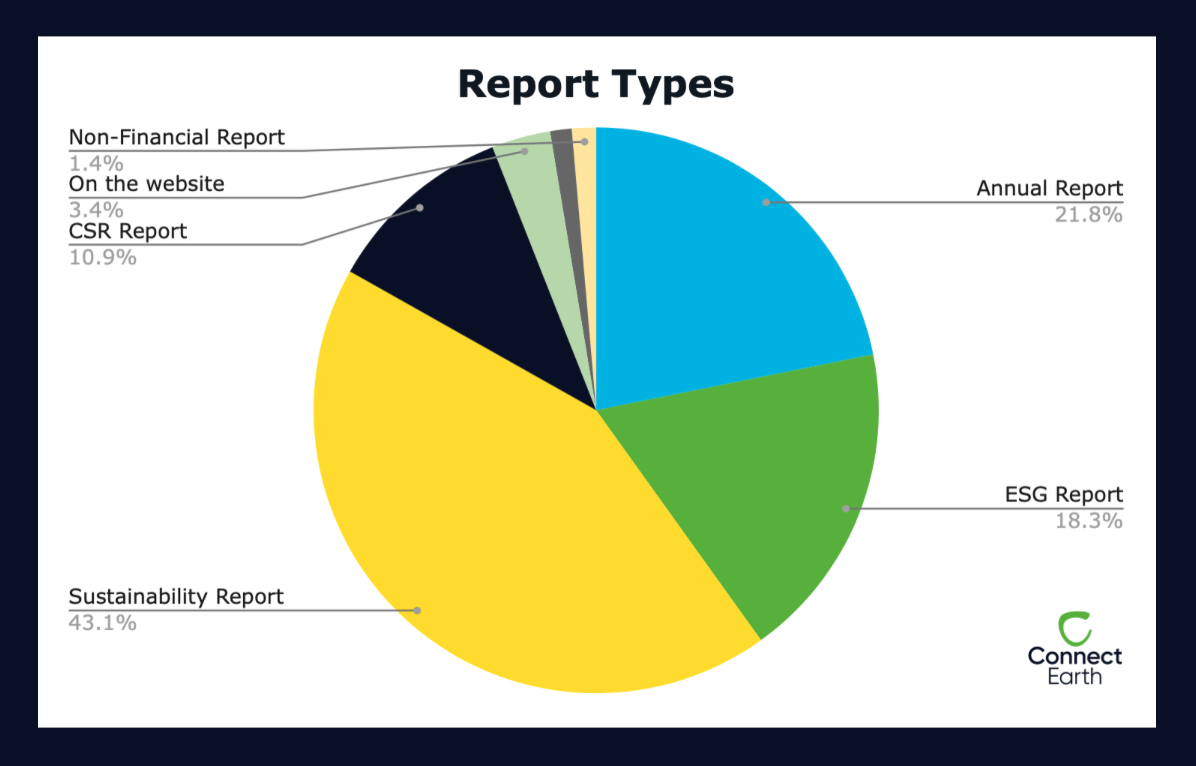Reporting corporate carbon emissions and other sustainability data is at an all-time high due to increasing pressures from investors, consumers and governments. According to the Climate Disclosure Project (CDP), 2022 has been a record-breaking year for environmental disclosure as nearly 20,000 organizations disclosed their carbon emissions data through CDP in 2022, which is a 38% increase since 2021.
Why has there been such a significant increase in corporate emissions reporting globally? Learn more about the four reasons why sustainability reporting is on the rise.
With mandatory disclosure regulation set to take effect within the next three years in many major economies, sustainability reporting has become necessary but also easier. There are many greenhouse gas accounting standards (for example, Greenhouse Gas Protocol), organisations (for example, SASB and ISSB), as well as carbon accounting products (for example, our tool Connect Report) outlining the best GHG accounting practises and tools for GHG emissions disclosure.
It’s undoubtedly great news that more and more organisations are reporting their corporate emissions data, however, there is no standard nor a blueprint that companies could follow when disclosing their reports.
Types of carbon emissions reporting
Until now, businesses all over the world have been reporting their emissions in a magnitude of ways, following several different reporting structures. Each type of report has its upsides and downsides but they all aim to appease stakeholders, meet legal requirements and improve their perception.
Some of these reporting types are:
- Corporate Social Responsibility (CSR) Reports
- Environmental, Social and Governance (ESG) Reports
- Sustainability Reports
- Annual Reports (with non-financial information)
Here’s all you need to know about these sustainability reporting types:

Corporate Social Responsibility (CSR) Reports
CSR reports are focused on the past and reflect on what a company has done to contribute to the society. The focus is on environmental, ethical, philanthropic and economic contributions to the community in which the organisation operates. The scale of the community can vary from local to global. When it comes to environmental impact, the most consistent disclosure is carbon emissions data. The report may also include a company’s efforts to minimise waste, general pollution, as well as outline a company’s charitable work and donations.
Environmental, Social and Governance (ESG) Reports
ESG reports disclose environmental, social and corporate governance data aiming to expose a company’s risk profile to investors. These reports focus more on the relationship between the internal work on the environment, social and governmental structure and the overall output of the company.
Compared to CSR, the focus of the ESG report is on a company’s internal structure leading to its output. The three focuses of ESG reporting are:
- Environment – corporate climate policies, energy use, waste, pollution, natural resource conservation, treatment of animals, and a company’s environmental risks.
- Social – relationship with the stakeholders, including employees, customers, suppliers and investors.
- Governance – how the board of directors manages factors such as the interests of the company’s stakeholders and government policy when making decisions.
Sustainability Reports
Sustainability reports are generally very similar to ESG reports, but less investor-centric. There is a significantly broader stakeholder focus, accounting for employees, customers, and shareholders. Sustainability reports differ significantly from one another as opposed to ESG reports that are relatively similar.
There are 3 main focuses of sustainability reports, although some companies may only choose to outline sustainability within an environmental context. The three focus areas are:
- Environment – environmental sustainability, meeting the needs of the environment.
- Social – meeting the needs of the stakeholders, including community, employees, consumers and other stakeholders.
- Economic – economic sustainability, meeting the needs of the business itself. It takes into consideration the business model and whether it is sustainable in the current economic context.
Annual Reports
Annual reports provide a significant amount of information on a company’s overall performance in the previous year in every aspect of the business, aiming to provide insights to every type of stakeholders. It provides an outlook for the future, outlining a company’s goals and objectives. Annual reports focus primarily on financials, but we have seen an increasing trend of including sustainability-related data, such as carbon emissions.

Companies disclosing their emissions data in a Sustainability Report is by far the most common method with 43% of the reports, followed by Annual Reports (22%), ESG Reports (18%), and CSR Reports (11%). It is important to note that companies that disclose their data via the Climate Disclosure Project (CDP) were excluded from this analysis as they also disclose their reports through other types of reporting (ESG, CSR etc). Including CDP reporting in this tally would not give an accurate reflection of the overall reporting landscape.
These different types of emissions reporting only scratch the surface when it comes to understanding the global corporate reporting landscape. Whilst it’s great that transparency is increasing, the number of standards and methods of disclosure makes it difficult to compare data across the corporate landscape.
Reach out to discover how our solutions can benefit financial institutions and their business customers.
__
About Connect Earth:
Founded in 2021, Connect Earth is a London-based environmental data company that democratises easy access to sustainability data. With its carbon tracking API technology, Connect Earth is on a mission to empower consumers and SMEs to make sustainable choices and bridge the gap between intent, knowledge and action. Connect Earth supports financial institutions in offering their customers transparent insight into the climate impact of their spending.



